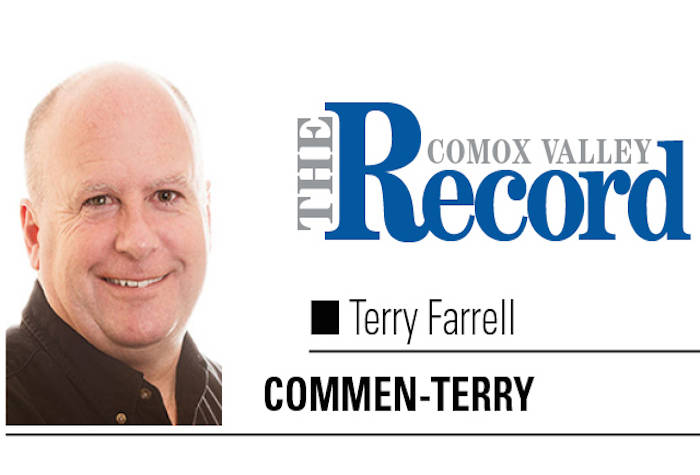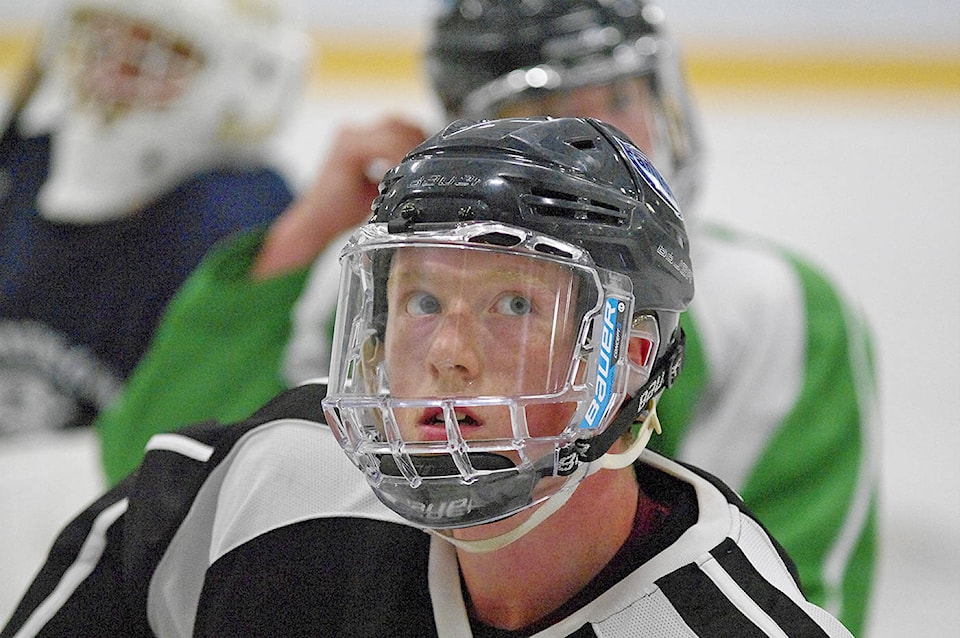BC Hockey announced Tuesday that as of the 2018-2019 season, all junior B hockey players will be mandated to wear full face protection.
The requirement will affect all players in the Vancouver Island Junior Hockey League (VIJHL), Kootenay International Junior Hockey League (KIJHL), Pacific Junior Hockey League (PJHL), as well as those playing for the two B.C. teams in the North West Junior Hockey League (Fort St. John Huskies and the Dawson Creek Junior Canucks).
Bravo BC Hockey.
Read More: Peninsula Panthers first team in western Canada to adopt face protection
The decision follows that of the VIJHL Peninsula Panthers, which adopted its own full face shield policy at the beginning of this season.
“Everybody in this league … can think of a time when a visor or face cage could have prevented an injury,” said Panthers’ general manager Pete Zubersky, upon announcing his team’s decision.
I can relate to that comment more intimately than most.
I lost my eye to a hockey stick in June of 1990.
I was playing in the Edmonton Ball Hockey League at the time.
Face masks had not yet been introduced when I played minor hockey, so when I moved to the senior ranks, I did not bother upgrading my equipment.
Read More: Full face protection mandatory for Junior B hockey
I have no one but myself to blame for the accident. It happened on the follow-through of a slap shot. I got a little too close, trying to deflect the shot. I was slightly bent over, trying to poke-check the shot, and the blade of the shooter’s stick hit me in the face. It slashed open my cheek, deflected off the cheek bone, and sheared off the outer third of my right eyeball.
The young man who took the shot did not even realize his stick made contact with my face.
It was a tough way to learn a lesson.
I still recall the only two teammates of mine to wear facial protection that season. One was a doctor. The other was a pilot. They both said they couldn’t risk injury, as it would affect their careers. And that’s the bottom line.
The overwhelming majority of junior B players are never going to make hockey their careers. Other than the odd post-secondary scholarship, this is the final step for them. Yes, some of them will go on to play senior hockey; the majority of them will continue to play “beer league,” but the prospect of the game paying the bills is long-gone - at least from a playing perspective.
That said, all these young men will be contributing to society in some form or another, and it’s BC Hockey’s duty as an umbrella organization to do everything in its power to ensure safety.
The arguments against full face protection are antiquated and non-sensible.
Eventually, the protection will be mandated at every level of hockey.
It’s puzzling to think that the National Hockey League took until 2013 to adopt even a partial face protection policy.
The argument heard around the league at the time was that visors impede vision. This argument was echoed by players who all wore full face protection throughout their minor hockey careers, then visors throughout their junior careers. They excelled so much at those levels that they reached the pinnacle of the sport. It’s hard to rationalize that argument, based on their successes.
It’s even harder to rationalize how the players’ union does not demand its members wear all the protection available to them.
Imagine Teamsters telling its construction workers “we know steel-toed boots are designed specifically to make the job safer, but we understand how cumbersome they can be, so while we strongly suggest you wear them, we will leave that decision to you.”
Unfathomable.
Would the local Boilermakers Union ever declare eye protection voluntary?
Absolutely not.
But for some reason, when it comes to the sport of hockey, every move made to further protect participants comes with pushback.
In time, full face shields will become as much a part of the sport as gloves and shin guards.
It can’t happen soon enough, from my standpoint.
Terry Farrell is the editor at the Comox Valley Record, on Vancouver Island.




